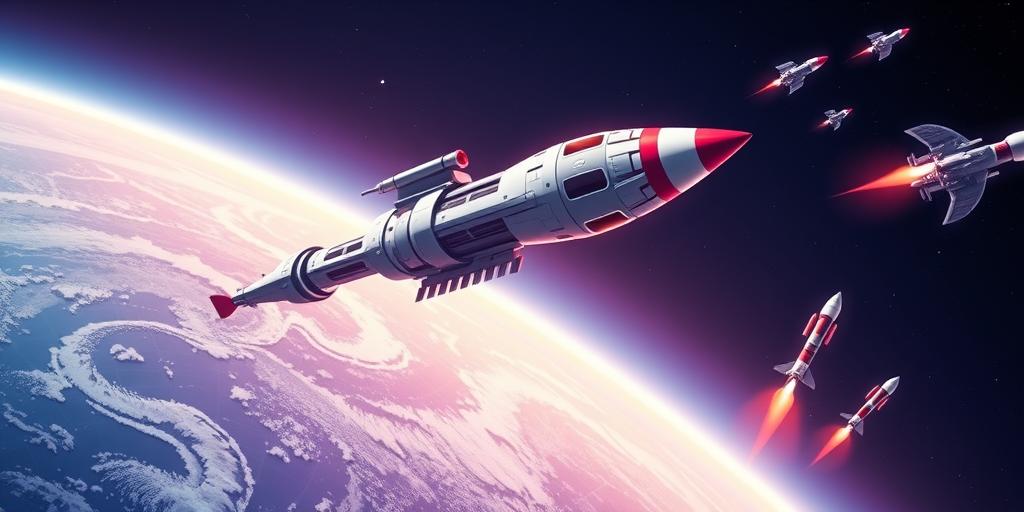Space Exploration: Future Trends
Space exploration, once the realm of science fiction, is rapidly becoming a tangible reality. As technology advances and private companies join the space race, the future of space exploration is poised for unprecedented growth and innovation. This post delves into the key trends shaping the future of our ventures beyond Earth.
1. Commercialization of Space
One of the most significant trends is the increasing commercialization of space. Companies like SpaceX, Blue Origin, and Virgin Galactic are leading the charge, driving down costs and opening up new possibilities for space tourism, satellite launches, and even asteroid mining. This shift is making space more accessible and economically viable.
- Space Tourism: Imagine a future where anyone can experience theOverview Effect. Companies are working to make this a reality.
- Satellite Launches: Commercial entities are providing more affordable and frequent launch services.
- Resource Extraction: Asteroid mining could unlock vast resources, revolutionizing manufacturing and energy production.
2. Moon and Mars Missions
Renewed interest in lunar and Martian exploration is another major trend. NASA's Artemis program aims to establish a sustainable presence on the Moon, serving as a stepping stone for future missions to Mars. Other nations and private companies have similar ambitions, setting the stage for international collaboration and competition.
- Lunar Base: The development of a permanent lunar base will provide critical infrastructure for scientific research and resource utilization.
- Mars Colonization: Establishing a self-sustaining colony on Mars remains a long-term goal, requiring breakthroughs in life support systems and habitat construction.
3. Advanced Propulsion Systems
Efficient and advanced propulsion systems are essential for deep space exploration. Current research focuses on developing technologies like ion propulsion, nuclear propulsion, and even warp drives to reduce travel times and enable missions to distant destinations.
- Ion Propulsion: Highly efficient but low-thrust, suitable for long-duration missions.
- Nuclear Propulsion: Offers higher thrust and efficiency, but faces regulatory and safety challenges.
- Warp Drives: Still theoretical, but could revolutionize interstellar travel if realized.
4. In-Space Manufacturing and Robotics
In-space manufacturing and robotics will play a crucial role in building and maintaining infrastructure in space. 3D printing, autonomous robots, and AI-powered systems can construct habitats, repair satellites, and extract resources, reducing reliance on Earth-based support.
- 3D Printing: Enables on-demand manufacturing of components and structures in space.
- Autonomous Robots: Capable of performing complex tasks without human intervention.
- AI-Powered Systems: Optimizing operations and decision-making in remote environments.
5. International Collaboration
Space exploration is becoming increasingly collaborative, with nations and organizations pooling resources and expertise. Projects like the International Space Station (ISS) demonstrate the benefits of global partnerships, fostering scientific discovery and technological innovation.
- Joint Missions: Sharing costs and expertise to achieve ambitious goals.
- Data Sharing: Open access to scientific data accelerates research and development.
- Standardization: Common standards ensure compatibility and interoperability of space systems.
Conclusion
The future of space exploration is bright, driven by technological advancements, commercial interests, and international collaboration. As we continue to push the boundaries of human knowledge and capability, the next few decades promise to be an exciting era of discovery and innovation in the vast expanse of space.









